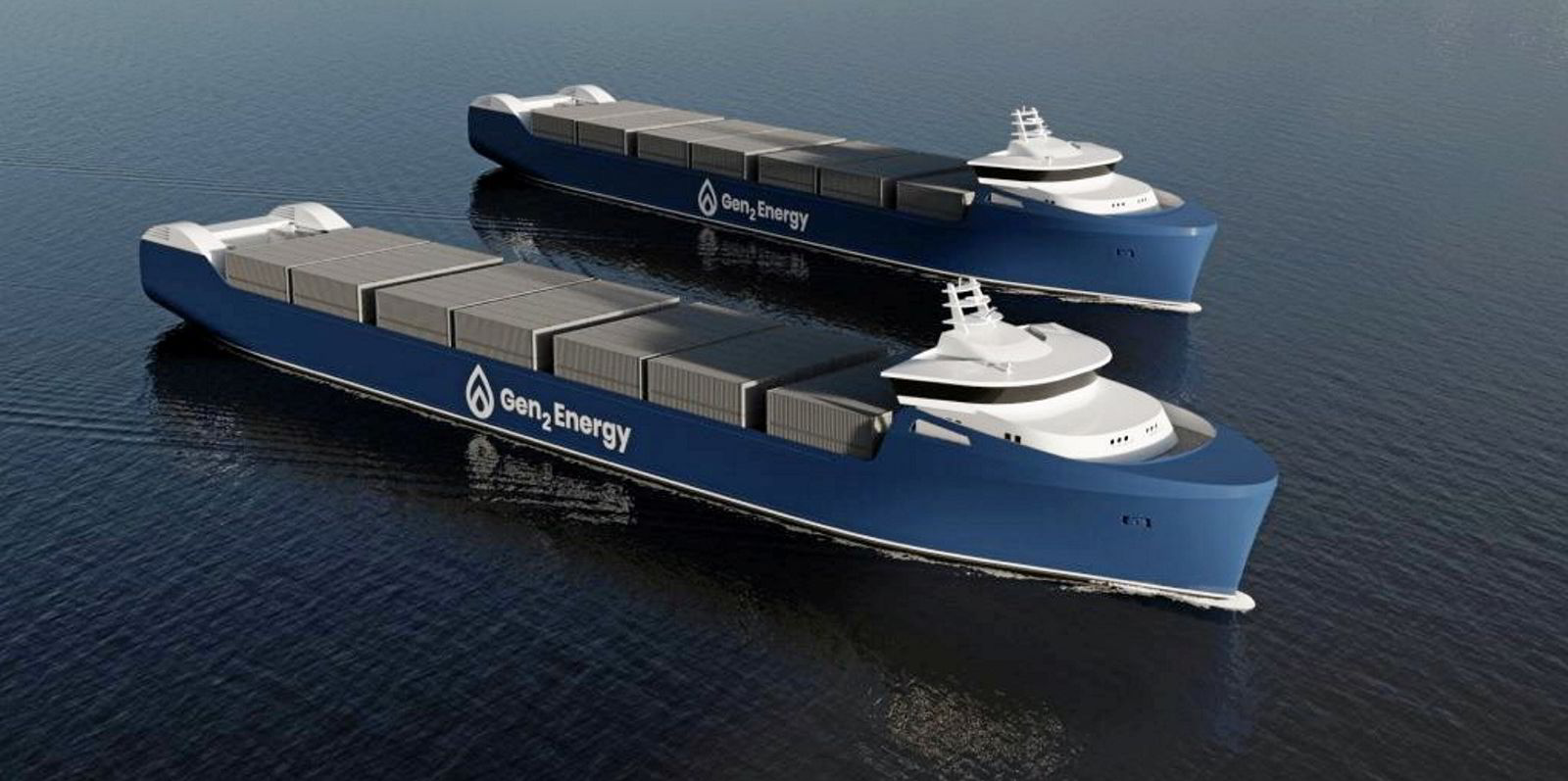The European Union has confirmed the world’s first law on green maritime fuels that sets ambitious targets for shipowners to cut greenhouse gas emissions.
Legislators agreed on a deal under which the GHG intensity of fuels will be reduced by as much as 80% by 2050, according to the European Commission .
Campaigners described the FuelEU Maritime regulation as part of the most ambitious package of green shipping laws ever adopted. But shipowners have warned of the dangers of a regional approach to tackling climate emissions and said the short-term availability of green fuels is a key hurdle.
The move “marks the beginning of the end for dirty shipping fuels”, said Brussels-based campaign group Transport & Environment (T&E).
The deal follows an agreement in December to include from next year shipping emissions in the EU emissions trading system — the world’s first scheme to put a price on maritime GHG emissions.
FuelEU Maritime covers the role of shipping in securing the EU’s goal of reducing net GHG emissions by at least 55% by 2030 and achieving climate neutrality in 2050.
The regulation puts further pressure on the International Maritime Organization, which has a current goal of cutting annual GHG emissions by at least half by 2050, compared with their level in 2008.
IMO member states are meeting in London this week for talks on revising shipping’s climate targets.
The US, UK and Canada are pushing for zero GHG emissions no later than 2050, along with a 37% cut by 2030 and 96% in 2040.
The EU and Japan are also behind full decarbonisation by 2050.
Brussels says ship traffic to or from European ports accounts for 11% of all EU CO2 emissions from transport and 3% to 4% of total EU CO2 emissions.
To achieve climate neutrality, the EU needs to reduce transport emissions, including from shipping, by 90% by 2050 compared with 1990 levels.
The increased use of renewable and low-carbon fuels will be crucial to achieving those goals, according to the EC.
At least 2% of the bloc’s shipping fuels will have to come from e-fuels derived from renewable energy by 2034 at the latest, said campaigners.
The date was pushed back from 2030 following pressure from some member states to set a binding goals, saying it would put too much pressure on their domestic renewables producers, T&E said.
But targets to reduce GHG intensity were slightly toughened during the negotiations between the European parliament and the European Council — which represents its leaders — before Thursday’s announcement.
GHG intensity, focused on harm caused by fuels, is not affected by policies such as slow steaming that can reduce overall emissions.
Shipowners will have to reduce the GHG intensity of the energy they use on board by 2% from 2025 and 6% as of 2030. The figure will rise to 14.5% from 2035, 31% from 2040, 62% from 2045 and 80% from 2050.
The regulation will apply to all passenger and cargo ships that arrive or depart from EU ports, regardless of ownership or flag. The regulations apply only to ships above 5,000 gt; fishing, naval and non-commercial government vessels do not fall under the rules.
Fossil fuel shift
“Ships must and will shift away from fossil fuels and towards greener alternatives,” said Adina Valean, the European transport commissioner.

“With the long-term outlook of this agreement, we are sending a clear signal to the sector across the value chain, from shipowners and operators to fuel producers, shipyards and equipment manufacturers, that it is worthwhile and necessary to invest in sustainable maritime fuels and zero-emission technologies”.
A 2021 paper by the International Chamber of Shipping (ICS) and the European Community Shipowners’ Associations cautioned that the biggest challenge for commercial shipping to meet the targets is the lack of zero-carbon fuels at a sufficient scale.
One reason the tanker orderbook is at a 30-year low is the unwillingness of owners to spend money on vessels because of the uncertainty about how they will be fuelled.
The study said the EU rules would affect only 15% of total global shipping emissions.
“The EU, therefore, needs to weigh up the pros and cons of what might be achieved by a European approach” as opposed to a global effort led by the IMO, it said.
“As a matter of principle, ICS is not enthusiastic about regional regulation,” deputy secretary general Simon Bennett told TradeWinds.
“It's far more appropriate to develop regulation globally. But we appreciate the objectives of the FuelEU Maritime which is to create a market for the alternative fuels that we're going to need to decarbonise in the future."
He said the ICS would be coming forward with its own proposals for a global fuel standard in the coming weeks.

But campaigners said the new law is a significant moment in the development of green shipping.
Delphine Gozillon, sustainable shipping officer at T&E, said: “Today’s decision marks the beginning of the end of dirty fuels in shipping.
“The EU is charting the way with the most ambitious package of green shipping laws ever adopted. This success should inspire other countries to do the same.”
The provisional agreement between the European Council and the parliament will have to be formally approved before it becomes law.




